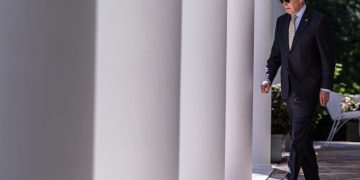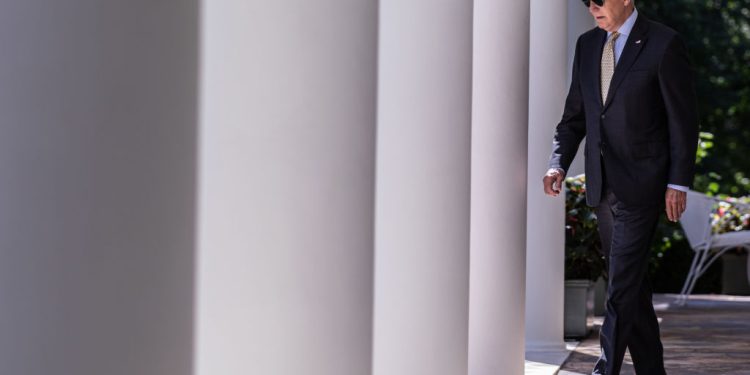A new report said a majority of Americans are just squeaking by as a mountain of debt grows taller and taller.
As of July, 61 percent of adults in a LendingClub survey said they were living paycheck to paycheck, according to CNBC.
The study found that 78 percent of consumers who earn under $50,000 a year and 65 percent of those who make between $50,000 and $100,000 annually were living paycheck to paycheck in July.
Forty-four percent of those earning more than $100,000 a year were living check to check, the study said.
“Consumers are undoubtedly continuing to feel the impact of inflation and rising interest rates,” said Chris Fred, the head of TD Bank’s credit cards and unsecured lending.
Credit card debt reached $1.03 trillion in the second quarter of the year, according to The Week. Credit card delinquencies hit 7.2 percent.
“The increase in delinquencies and defaults is symptomatic of the tough decisions that these households are having to make right now — whether to pay their credit card bills, their rent or buy groceries,” said Mark Zandi, Moody’s Analytics chief economist, according to The Washington Post.
The Post noted that the annual credit card interest rate is 20.6 percent.
“People don’t like going into default or delinquency with credit cards — it makes a lot of people feel very nervous and unhappy,” said Neil Saunders, managing director for retail at GlobalData. “It underlines how much some consumers are under pressure, and it’s one of the cracks that’s appearing in the consumer economy.”
Economist David Rosenberg said a recession is looming, and debt could be what pushed the nation into one, according to Insider.
“We just replaced credit cards with what happened with subprime mortgages 15 years ago. This is how a recession starts, it starts with a significant erosion in credit quality in one particular asset class, and right now you’re seeing it in credit cards, and it is not insignificant, even though it’s not residential mortgages [like 2008],” he said.
“We’ve had a massive interest rate shock; we haven’t seen the full impact yet. Part of this has been blunted by two things, student debt relief — done — and stimulus checks of over $2 trillion — done. On top of that, we have China seemingly heading into some sort of recession. Certainly it’s already entered a structural slowdown that’s bumping up against a cyclical slowdown, and it is exporting deflation to the rest of the world.”
Bidenomics is making life worse for Americans, House Ways and Means Committee Chairman Jason Smith, a Missouri Republican, said in a statement on his website.
“The American people are still being throttled by the Biden administration’s disastrous agenda and reckless spending. Under Republican economic policies, job growth reached historic highs while lower-income workers saw fifty percent higher wage growth than high-income earners,” he said.
“Today, under President [Joe] Biden, the situation is reversed, and lower-income workers are suffering the most: 63 percent of Americans are living paycheck to paycheck. This has been exacerbated by higher prices that have robbed every working family of $10,000 per year and stifled economic growth,” he said.
Overall, the cost of living has risen 16 percent from inflation since Biden took office, Tiana Lowe Doescher wrote in an Op-Ed in the Washington Examiner. That means Americans have lost 16 percent of their spending power.
“The numbers are even more egregious when you break them down by the categories on which the least privileged spend a disproportionate amount of their incomes,” Doescher wrote.
“The consumer price index specifically for food is up 19 percent since January 2021, and electricity prices are up 23 percent,” she said. “Used car prices are up a staggering 30 percent, and car repairs cost 23 percent more than two years ago.”
This article appeared originally on The Western Journal.

























